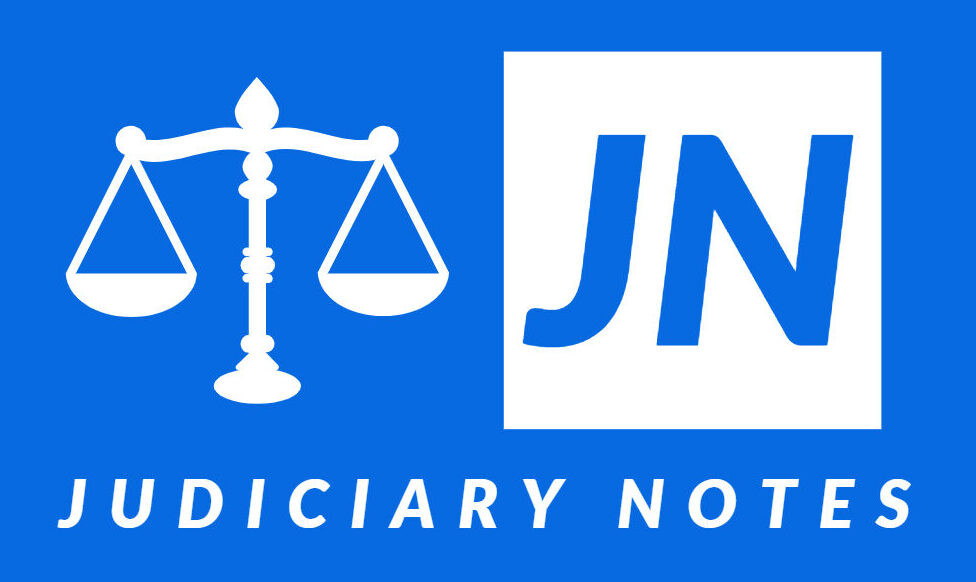The High-Stakes Battle Over Student Debt Forgiveness
The U.S. student debt crisis, a burden on over 43 million Americans, has become a flashpoint in national politics and a legal battleground. With President Biden’s ambitious student debt forgiveness plan halted by legal challenges, millions of borrowers are left in limbo. The outcome of this litigation could reshape the nation’s approach to higher education funding, personal financial stability, and government authority.
As courts weigh the legality of broad debt relief initiatives, the implications extend far beyond the borrowers themselves. The decisions could redefine the boundaries of executive power and set precedents that affect policymaking for decades.
Understanding the Legal Conflict: How Did We Get Here?
1. The Biden Administration’s Forgiveness Plan
Announced in 2022, the plan aimed to cancel up to $20,000 in student loan debt for eligible borrowers, a move that promised significant financial relief for millions. The administration argued the plan was authorized under the HEROES Act of 2003, which allows the Secretary of Education to modify student loan provisions during national emergencies.
2. The Legal Pushback
Opponents quickly challenged the plan, arguing that it exceeded executive authority and bypassed Congress. Key lawsuits, brought by states and conservative groups, claim the HEROES Act does not grant such sweeping powers.
The Supreme Court’s involvement underscored the gravity of the issue, with justices questioning the limits of executive power and the potential economic consequences of mass debt cancellation.
The Stakes for Borrowers
1. Financial Relief at Risk
For many borrowers, the proposed forgiveness represents a lifeline. Without it, millions will resume payments on loans they can barely afford, exacerbating financial stress and potentially triggering higher default rates.
2. Widening Wealth Gap
Critics of student loan policies argue that the crisis disproportionately affects lower-income households and people of color, deepening existing inequalities. A ruling against forgiveness could cement these disparities for generations.
Broader Implications: What This Means for America
1. The Limits of Executive Power
The litigation raises profound questions about the separation of powers. Should the president have the authority to unilaterally forgive debt, or is congressional approval necessary? The Supreme Court’s decision will clarify these boundaries, potentially curbing executive action in other areas.
2. The Future of Education Policy
A ruling against broad forgiveness could shift the focus toward long-term solutions, such as reforming higher education costs, increasing grant funding, or overhauling the loan system. Policymakers may need to explore legislative pathways to address the root causes of the student debt crisis.
3. Economic Ripple Effects
Beyond individual borrowers, the litigation has significant economic implications. Debt forgiveness could free up disposable income, boosting consumer spending and stimulating economic growth. Conversely, a return to payments could slow the economy, especially among younger generations burdened by debt.
What Comes Next?
1. Preparing for a Post-Litigation Reality
Borrowers should prepare for multiple scenarios:
- If forgiveness is upheld, they may see significant relief.
- If blocked, payments will resume, with potential adjustments to repayment plans.
2. Legislative and Grassroots Advocacy
Regardless of the outcome, advocates will likely push for congressional action to address systemic issues in student debt and higher education financing. Grassroots movements and state-level initiatives could also gain momentum.
Key Takeaways for Borrowers and Citizens
1. Stay Informed
The student debt litigation is a complex and evolving issue. Borrowers should follow updates from trusted sources and consult with financial advisors to understand how outcomes could affect them.
2. Advocate for Long-Term Solutions
Litigation aside, the student debt crisis highlights broader flaws in the higher education system. Advocating for sustainable reforms—such as affordable tuition and equitable loan systems—remains crucial.
Conclusion: A Defining Moment in America’s Financial and Legal Landscape
The ongoing student debt litigation is more than just a legal battle—it’s a reflection of the nation’s priorities and values. The outcome will shape the financial futures of millions, redefine executive authority, and influence education policy for generations to come. As the country waits for clarity, borrowers and policymakers must prepare for both challenges and opportunities in addressing this monumental issue.
Will America find a way to balance relief for borrowers with the principles of legal and fiscal responsibility? The answer could set the tone for the nation’s future.

